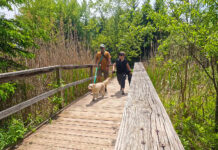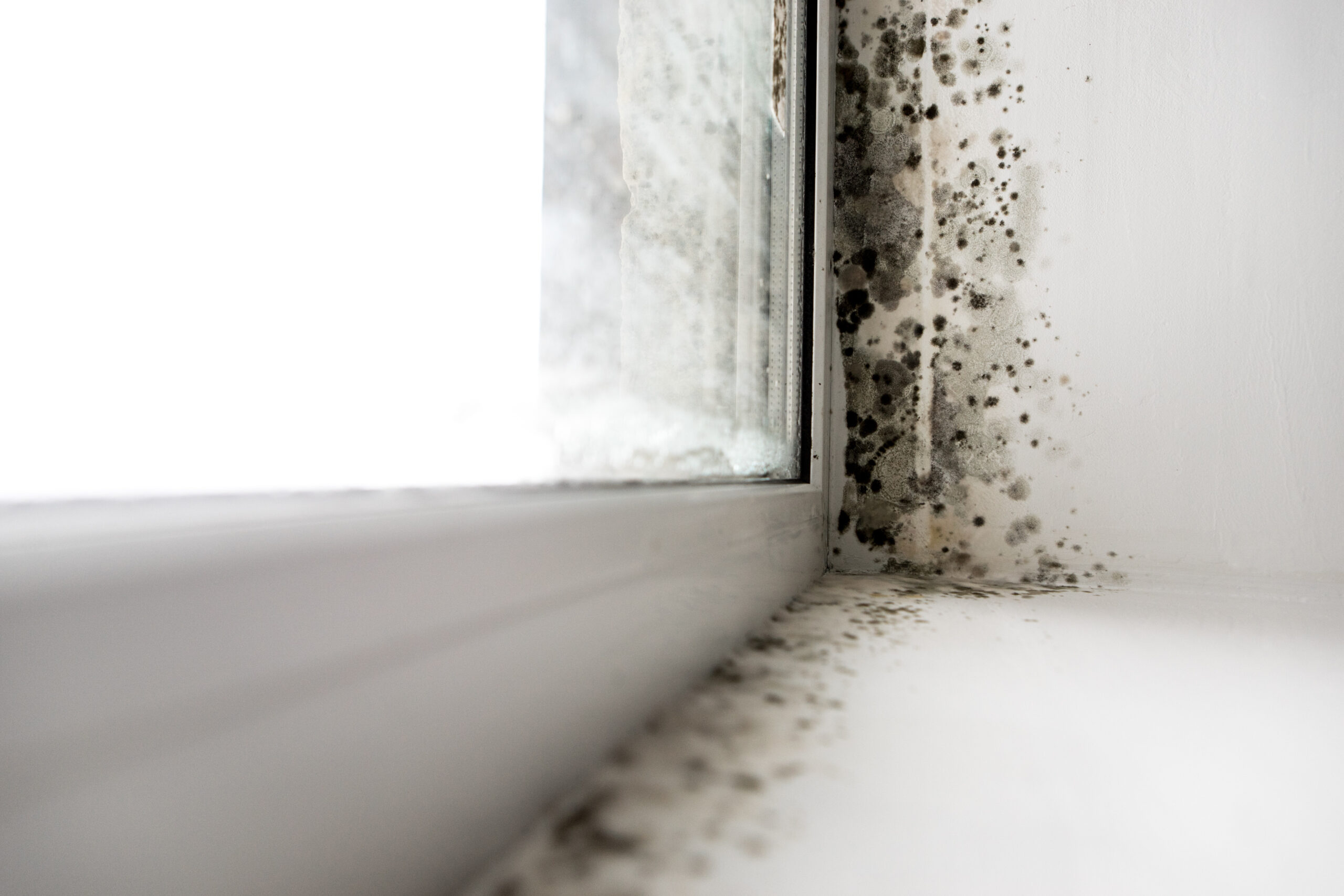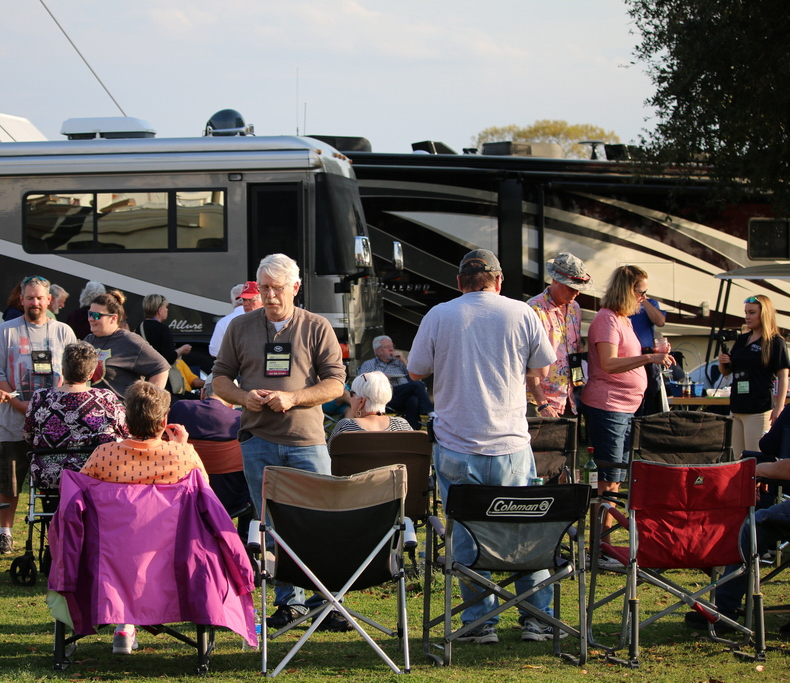How to Mold-Proof Your RV for Many Happy and Healthy Miles Ahead!
A Special feature by Laura Champagne, Co-Owner of Natural Home Solutions
Excessive rainfall and warmer temperatures across North America this autumn season have put more homes – both those with fixed foundations and those on wheels, such as RVs, campers, and trailers – at risk of leaking and flooding. Water-saturated structures are prime breeding grounds for mold, especially when parked in humid climates, but there are ways to prevent, detect and remove it before it becomes a serious issue to your travelling home and overall health!
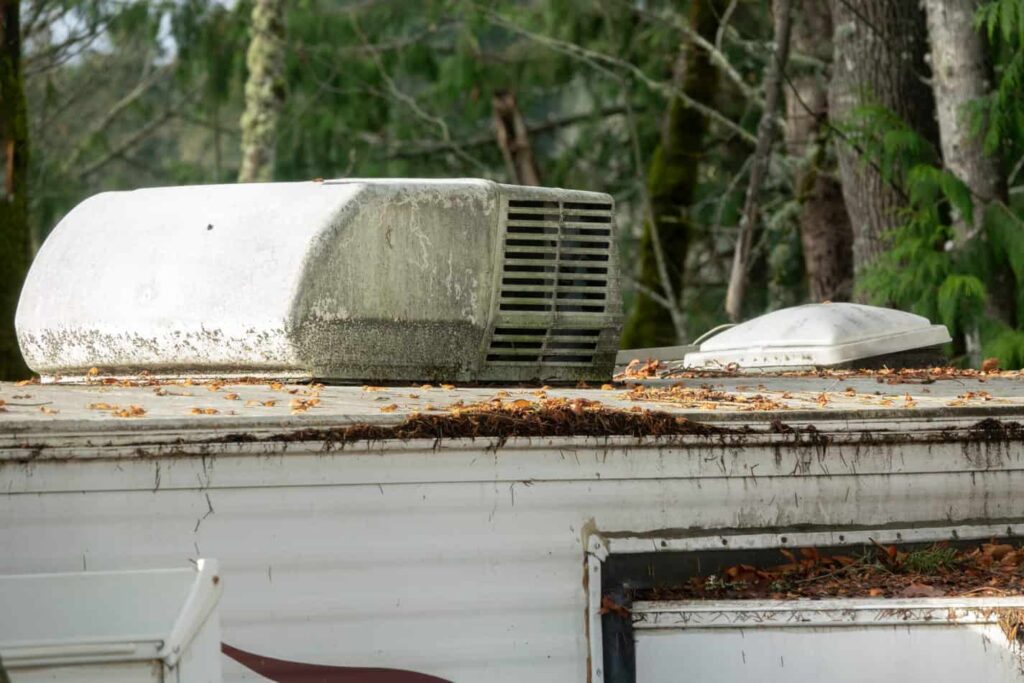
It is important to note is that mold fungus has a wide distribution across our planet. In fact, there are over a million species of mold that thrive in warm, damp environments – but mold can also be found in hot, dry areas of the world. No matter where you live, park, or travel with your trailer, mold can be found anywhere, and it is ready to proliferate as long as the right elements for growth are present.
Mold is a family of fungi found in the external environment, so every time a door or window is opened, mold spores can enter the vehicle. Given the “perfect storm” of warm and wet conditions, those spores can settle onto wood, cloth or paper, and quickly transition into a colony of biological contaminants – often releasing allergens, irritants, mycotoxins, and microbial volatile organic compounds.
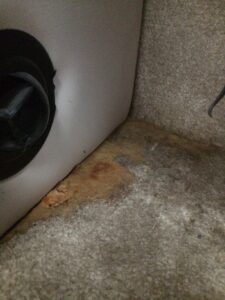
So, how can you tell if your RV has a mold problem? The obvious indicators are musty odours, visible black spots on walls and ceilings, water stains, or warped materials. A thriving mold colony can also rot wooden flooring, destroy fibreglass walls, generate cosmetic and structural damage, and ruin interior furnishings.
Use a flashlight to inspect hard-to-reach areas, such as under sinks, behind appliances, and in corners and crevices. Check the air conditioning and heating vents for any signs of mold growth. These areas can be especially problematic, as they can circulate mold spores throughout your RV.
More importantly, toxic mold can cause compromised health issues, such as headaches, difficulty breathing, wheezing, sneezing, coughing, nose bleeds and fever. The most accurate way to determine the presence of mold, however, is through an air quality or surface strip test that is conducted by a professional mold remediation company and analyzed at a third-party lab.
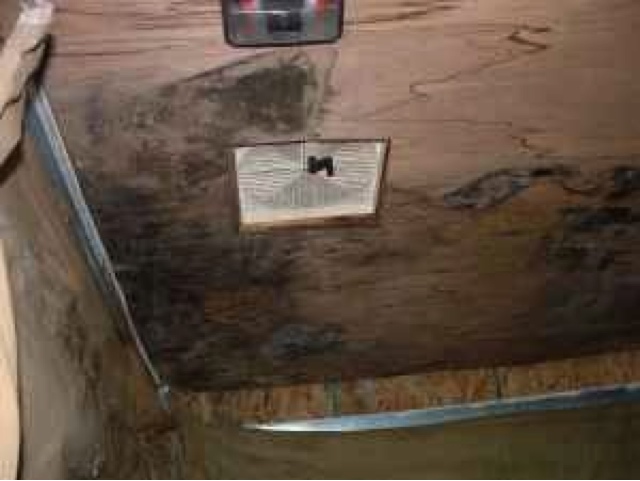
If a mold outbreak is detected in an RV, avoid using harsh chemicals because they stop at the surface, don’t penetrate to the root of the problem, and can cause other health symptoms. Since mold develops in nature, the best way to remove it is through the use of natural, organic enzymes. EnzyCleanseTM is one such solution that acts as a catalyst to break down mold roots and spores at the cellular level. The green formula is applied using a fogger to penetrate contaminated surfaces, small and difficult-to-reach areas and duct work to circulate purified air around the affected camper. It is safe for humans and pets and because the enzymes are specific to the biological contaminants contained within the RV, the treatment does not cause any damage to personal property. What’s more, it continues working to prevent more mold growth long after the treatment.
Keep in mind that traditional mold removal sometimes involves a destructive strategy that requires tear-down, removal, and replacement of contaminated surfaces just to access the hard-to-reach places. This type of drastic action is often labour-intensive, and far more costly than eco-friendly abatement solutions like EnzyCleanse. Furthermore, tearing down materials can actually spread more mold spores as the contaminated materials are moved.
After mold is completely removed, a new influx can be prevented by taking a few simple steps and implementing some best practices. These include:
- Ensure Proper Ventilation: Proper ventilation is key to preventing mold growth in your RV. Make sure that vents are open and working effectively and consider installing additional ventilation fans in areas where moisture is likely to accumulate, like bathrooms and kitchens.
- Clean Regularly: Regular cleaning is essential to prevent mold growth in your RV. Regularly wipe down surfaces and remove any standing water or moisture. Use anti-mold cleaning products, such as tea tree oil or grapefruit seed extract.
- Maintain Appropriate Humidity Levels: Humidity is a major contributor to mold growth and difficult to control in RVs. High levels of moisture in the air can cause condensation to form, providing the perfect environment for mold spores to grow. Use a moisture meter to measure the humidity levels in your RV. Any readings above 60% indicate a high risk of mold growth. Run a dehumidifier or air conditioner to maintain appropriate humidity levels (below 60%), especially in areas where moisture is likely to accumulate. Avoid drying your clothes inside the RV, open windows and roof vents and use moisture-absorbing materials such as silica gel packets, charcoal and desiccant bags throughout the cabin.
- Use Mold-Resistant Materials: Consider using mold-resistant materials in your RV. Mold-resistant paint, flooring, and fabrics can all help prevent mold growth in your RV.
- Be Mindful of Moisture: Moisture is the primary cause of mold growth in RVs. Be mindful of any areas where moisture may accumulate, such as under sinks or in shower stalls. Quickly address any leaks or water damage to prevent mold growth.
- Store Your RV Properly: When storing your RV, make sure that it is properly cleaned and dried to prevent mold growth. Store it in a dry, well-ventilated area, and consider using a dehumidifier to keep humidity levels low.
- Conduct External Inspections: Routinely inspect the outside of the RV for foundation problems, poorly installed windows, roof concerns, broken seals, poor drainage and storm damage that would cause an increase in water penetrating the RV.
- Call the Professionals: Regular professional mold testing can detect contamination early enough to prevent serious problems and avoid costly property repairs. If you suspect mold growth, consider hiring a professional mold inspector to perform a thorough inspection. They can use specialized equipment to detect mold growth behind walls and other hidden areas.
In conclusion, mold spores grow rapidly and uncontrollably when they have enough moisture, warmth, and porous surfaces – and mold does not discriminate by geography. By the time an RV owner notices a problem, the mold contamination may already be causing serious harm to the RV and its inhabitants. RV owners must do their part by keeping up with regular cleaning and maintenance, watching for broken seals through which water can flow, and calling a professional mold company to ensure a safe camping environment. After all, an ounce of prevention is worth a pound of cure!

Laura Champagne is co-owner of Natural Home Solutions LLC, a mold removal company committed to keeping homes and businesses safe from mold contamination across the tri-state area through Xspor’s proprietary, organic EnzyCleanseTM solution. For more information, please visit www.naturalhome.solutions.










